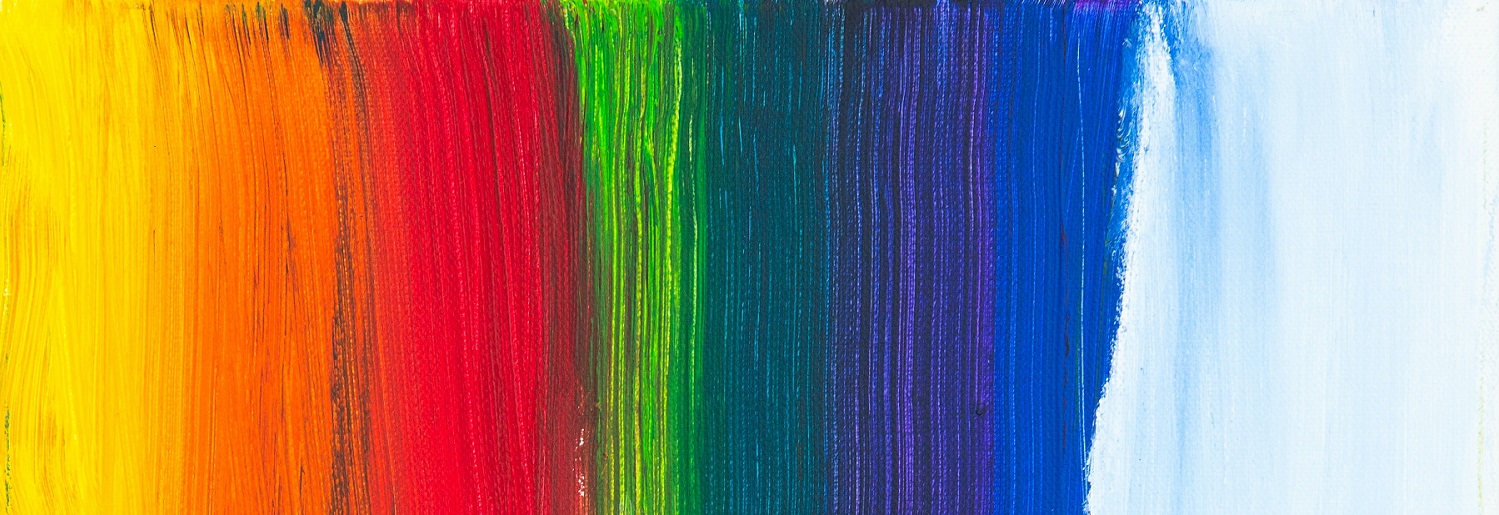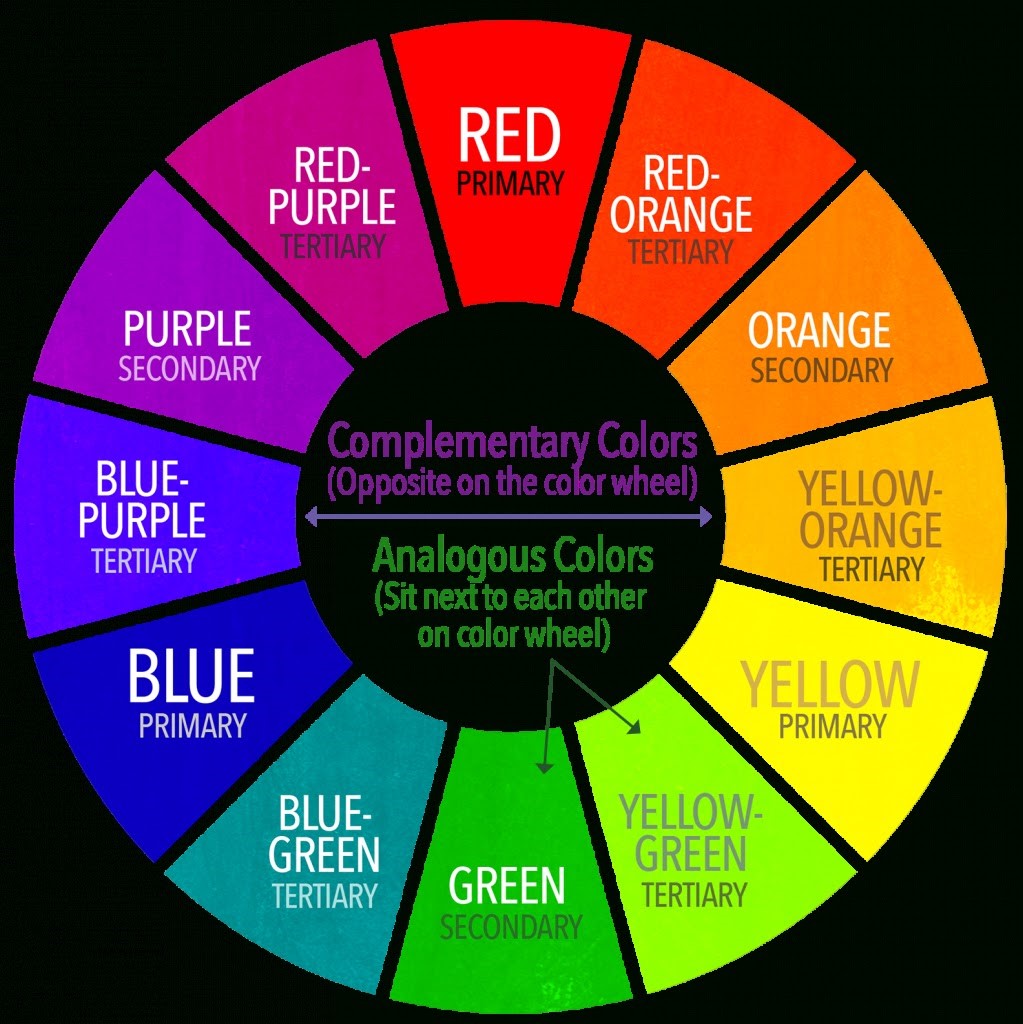The Basics of Color Theory
July 7, 2020 │ By : Inaas Asad
Colors are an essential component of any art piece. Color theory knowledge is a must for anyone that aspires to be a successful artist.

What in the World is Color Theory?
Color theory refers to the various ways of blending colors and understanding how different colors can be combined to create visual effects. One main aspect of color theory is the color wheel, so let’s start with that.
Primary Colors
Primary colors, also known as pure hues, cannot be created by mixing other colors. All other colors are made from these. There are only three primary colors.
Secondary Colors
Secondary colors are created by mixing two primary colors. There are three: purple, green and orange.
Tertiary Colors
Tertiary colors are created by mixing equal parts of one primary color and one secondary color. There are six.
Complementary Colors
You may be thinking that we didn’t include all possible combinations (such as red + green) in the tertiary colors. Well mixing red and green, blue and orange, or yellow and purple creates brown tones. It’s an excellent way to create shades of brown.
You can also dull a color down by adding a small amount of its complementary color. For example, adding a tad bit of blue to some really bright orange paint would result in more muted, duller orange.
These color combinations are known as complementary colors. They are often used together in color schemes as the contrast makes them look good together.
Neutral Colors
Neutrals colors are used to add depth and contrast to a painting. They can be mixed with any other color to create shades, tones, and tints. There are three.
What About the Rest of the Colors?
Any possible color can have a place on the color wheel. By changing the mix of colors from a 1:1 ratio to something else, you can create a variety of colors. For example, by adding only a few drops of green to yellow, you can create a strong yellow-green.
The Color Wheel
This is the basic color wheel. You can use it as a reference to understand the next few concepts as it may get a little tricky!
Color Schemes
There are tonnes of ways to put colors together to create color schemes. Let’s look at some of the ways we can do that.
Monochromatic Color Schemes:
We already talked about complementary color schemes. Monochromatic color schemes are the opposite. They use three or more different values of the same color.

Analogous Color Schemes:
Analogous color schemes use three or more adjacent colors on the color wheel.

Split Complements:
Split complements use a color and two adjacent tertiary colors of its complement. Sounds complicated? Okay. Let’s choose yellow. The complement of yellow is purple. The adjacent tertiary colors to purple on the color wheel are red-purple and blue-purple.

Tetradic Color Schemes:
Tetradic color schemes use two pairs of complementary colors. For example, yellow, purple, blue and orange would create a tetradic color scheme.

Triadic Color Schemes:
The last type we’re going to look at are triadic color schemes. They use three evenly spaced colors on the color wheel. For example, we can use the three secondary colors.

Other Posts:
